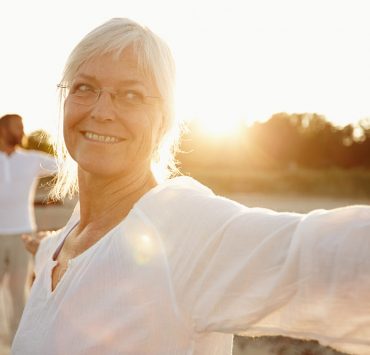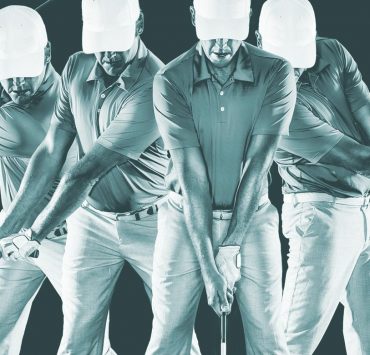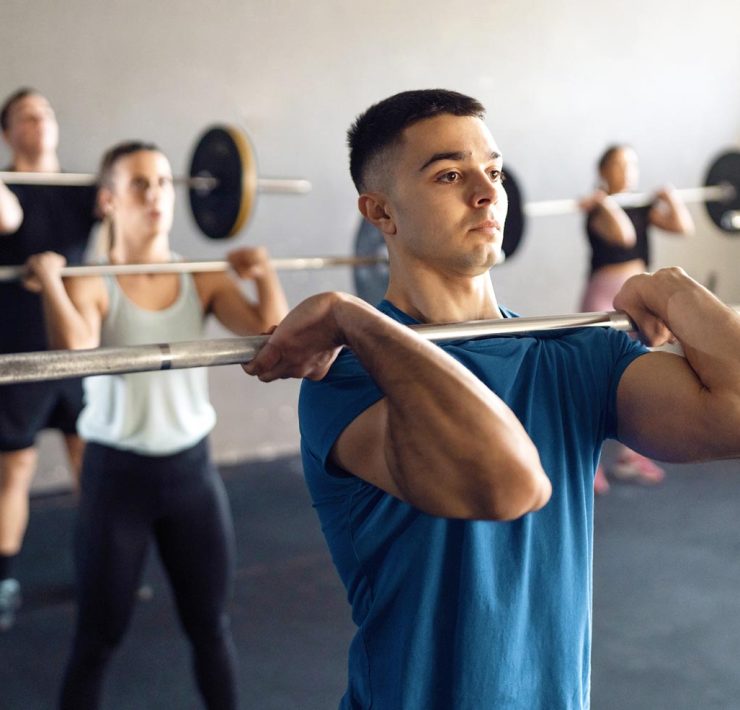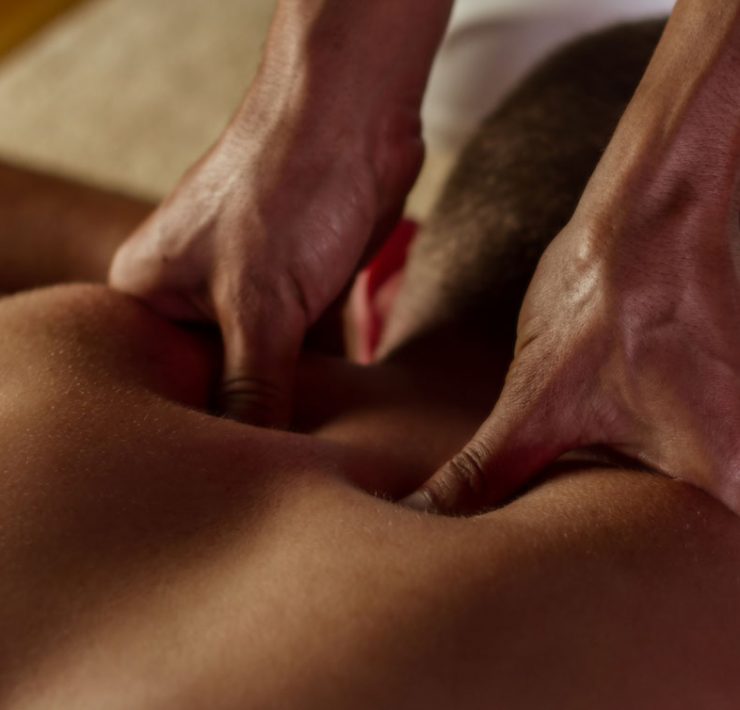It’s a known (if ironic…or tragic) fact that only with age do we realize how we’ve taken our bodies for granted. Simple tasks like lifting heavy items, jumping out of bed, or simply bending over without feeling a tweak—or worse—begin to escape us as each year passes. And it only gets scarier.
Falls occur in one-third of all adults over 65 years old—both resulting from and leading to decreased mobility, as well as increased associated healthcare costs. There are many reasons that fall risk increases as we age. Generally, as we get older we become more sedentary, costing us strength and elasticity in muscles and tissue, as well as range of motion in our joints. Additionally, injuries and surgeries accumulate, along with their compensatory side effects and incomplete healing processes. (Scar tissue, anyone?) According to Jeffrey Forman, PhD, even the loss of sensory stimulation in the feet can contribute to hazards in balance and posture as we age.
Exercising greater caution in preventing injury while also maintaining an active lifestyle can become an overwhelming challenge later in life. Fortunately, massage can be a powerful tool in the maintenance and healing of the body—even years or decades after injuries, surgeries, and chronic poor posture have taken what seems like a permanent toll.
Massage for Balance and Mobility Support
Massaging the muscles, connective tissues, tendons, ligaments and joints stimulates blood flow, relaxes tense muscles, and improves joint range of motion—making the recipient more flexible, improving mobility and balance, and therefore decreasing potential for injury.
A 2012 study published in The International Journal of Therapeutic Massage & Bodywork concluded that people over 65 can possibly gain improved long-term stability through massage therapy—making it a safe and non-pharmacological preventative intervention to decrease falls in older populations.
Muscle pain without an acute cause (such as an injury) typically results from body misalignment—AKA “poor posture.” Chronic muscle tension can cause muscular pain, headaches and migraines, and digestive complaints. Youth cannot make you immune to poor posture, especially in today’s technology-dependent era (“tech neck” from working on phones or laptops, “computer posture” from being stuck for hours in the same position at your desk). Many in their 20s already suffer from pain, stiffness, and trapped nerves as a result of decreased movement and poor postural patterns.
Poor posture can limit our body’s potential range of motion, creating stress on the musculoskeletal system and increasing the risk of developing more serious issues.
Here are some of the ways massage and its unique modalities can improve mobility and balance at any age.
Therapeutic Massage
A therapeutic massage utilizes a variety of techniques that are focused on your body’s soft tissue. The specific treatment is generally tailored to the specific needs of the recipient, depending on their unique areas of concern or mobility goals. This type of massage may feel deeper than a typical relaxation-oriented massage, and the therapist may incorporate techniques from deep-tissue massage, trigger point work, movement therapies, or passive stretching techniques. A focused massage technique like this decreases restriction by targeting (and relaxing) tense muscles, which helps increase flexibility and mobility, improve balance, and decrease acute or chronic pain, making it easier to move and function more normally.
Deep Tissue Massage
A deep tissue massage varies in pressure throughout and targets the deeper layers of muscle and the surrounding tissues, as opposed to the superficial layers of the body. The therapist may start with a warm-up for the muscles by applying gentle pressure before massaging your body with slow strokes and deep pressure with the hands, fist, knuckles, arms, or elbows. This technique works to release contracted muscles by unsnarling knots in the muscles and improving blood circulation—which increases the elasticity of muscle tissue, increases mobility and range of motion, and improves balance. Many people use this type of massage to relieve pain, cramps, tension, or stiffness, or simply because they enjoy a higher-pressure massage.
Sports Massage
A sports massage incorporates a combination of Swedish massage and deep tissue massage practices along with specific stretching techniques like reciprocal inhibition or proprioceptive neuromuscular facilitation (aka “PNF”). It can often be a more intense style of massage that is usually used to target specific regions of the body that need rehabilitation or comfort. Sports massage can also increase muscle temperature by using a range of techniques like fast-paced manipulations and cross fiber friction with the main aim of reducing restriction and increasing elasticity. These techniques have been shown to reduce muscle tension and inflammation, encourage removal of cellular waste, and improve circulation.
Sports massage improves blood circulation to the limbs and increases range of motion and flexibility of both muscles and joints—all of which can help improve a sense of balance and reduce fall risk.
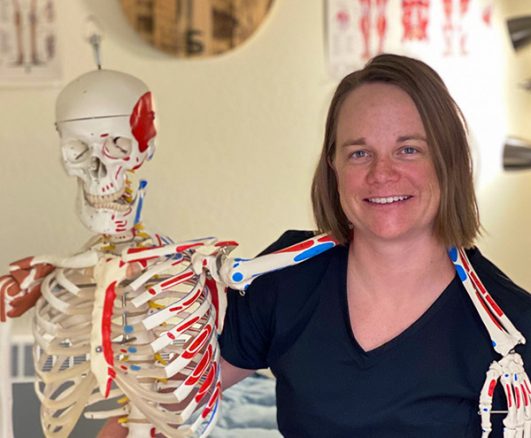
Reviewed by Melanie Peddle, LMT. Melanie has practiced massage therapy since 2012 and has an engineering background. She teaches at Western Colorado University in the areas of biomechanical engineering and adaptive sports applications. Meet our Editorial Review Board.


